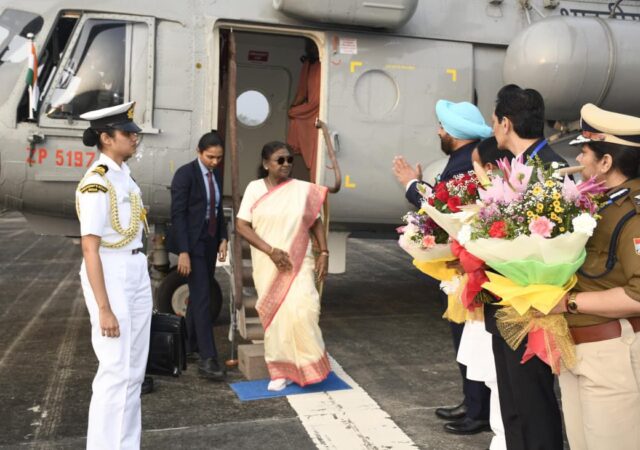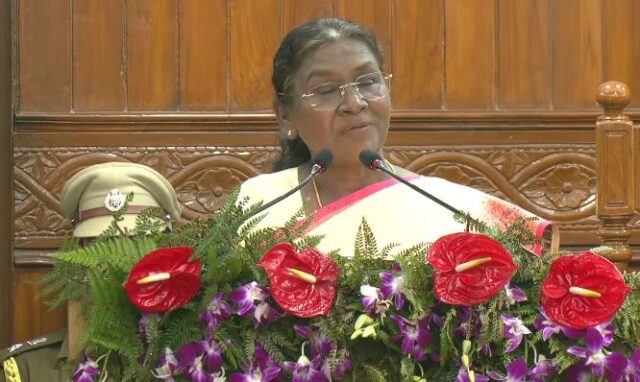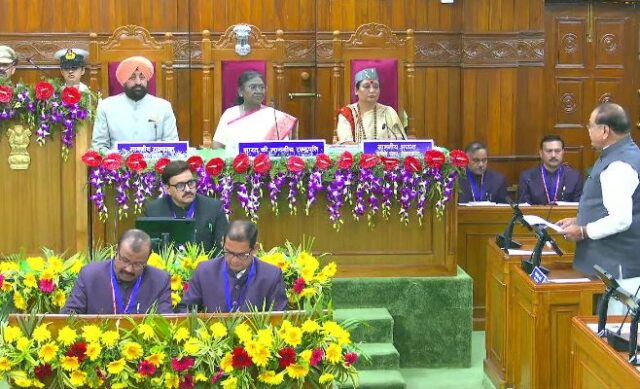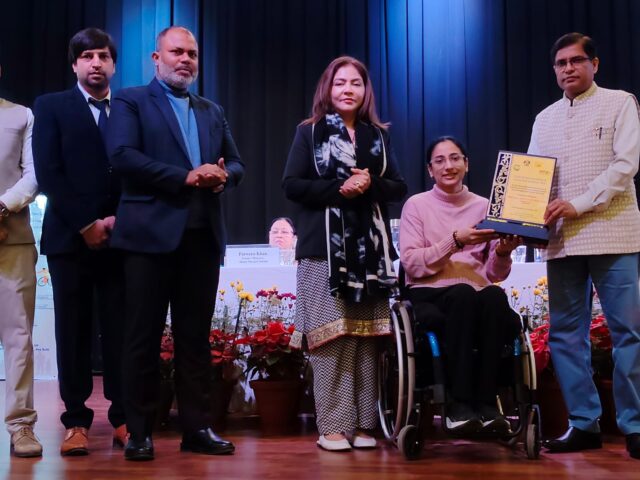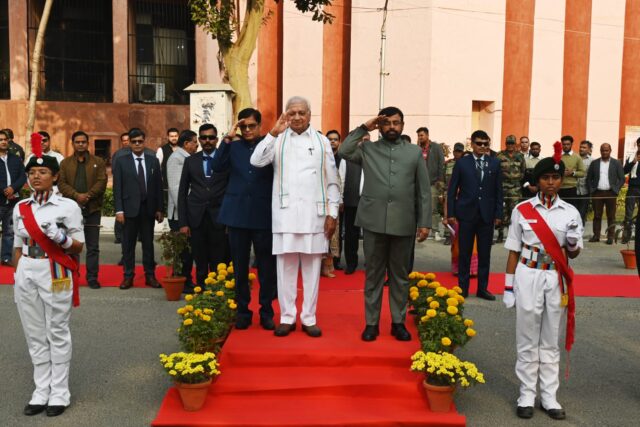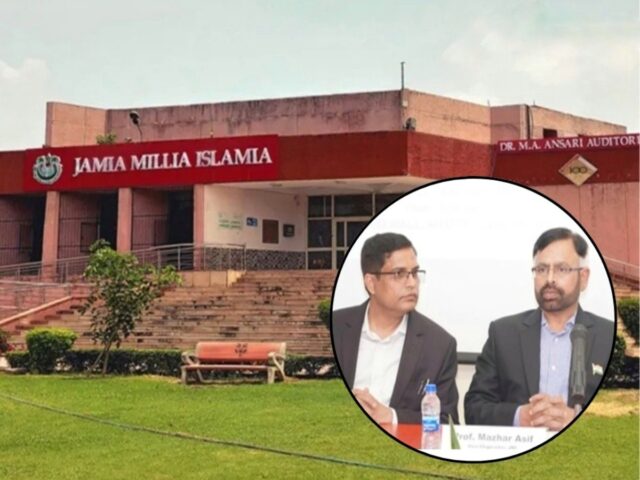Are RSS people being made IAS through UPSC, know everything about lateral entry, on which Rahul Gandhi cornered Modi

It was 2005, when the Congress-led United Progressive Alliance (UPA) government had come to power only a few months after defeating the India Shining of the Atal Bihari Vajpayee government. At that time, for the first time, a plan was brought to appoint people from the private sector to top positions in the bureaucracy through lateral entry. This scheme was brought by senior Congress leader Veerappa Moily at that time. Then this proposal was strongly supported by the Second Administrative Reforms Commission. Actually, lateral entry is in the news because recently the Union Public Service Commission (UPSC) issued a notification for the recruitment of 45 joint secretaries, directors and deputy secretaries through lateral entry. The Narendra Modi government is on the target of the opposition regarding this. The opposition says that lateral entry has weakened the reservation rights of OBCs, SCs and STs.
Morarji Desai gave this idea for the first time
The first Administrative Reforms Commission in the country was formed in 1966. Then Morarji Desai was made its chairman. Morarji Desai was the Prime Minister between March 1977 and July 1979. Then Morarji Desai had emphasized the need for special skills within the civil services. However, there was no talk of lateral entry then. Initially, the post of Chief Economic Advisor started being filled through lateral entry.
Narendra Modi government made lateral entry of many officers from outside
The lateral entry scheme was formally started during the tenure of Narendra Modi. In 2018, the government had sought applications from experts for senior posts like joint secretaries and directors. This was the first time that professionals from both private and public sectors were given a chance in it. Later 37 people were recruited under this. 7 people were recruited in 2019 and 30 in 2021. Officers coming from lateral entry have to sign a 3-year contract, which can be extended by 2 more years depending on their performance.
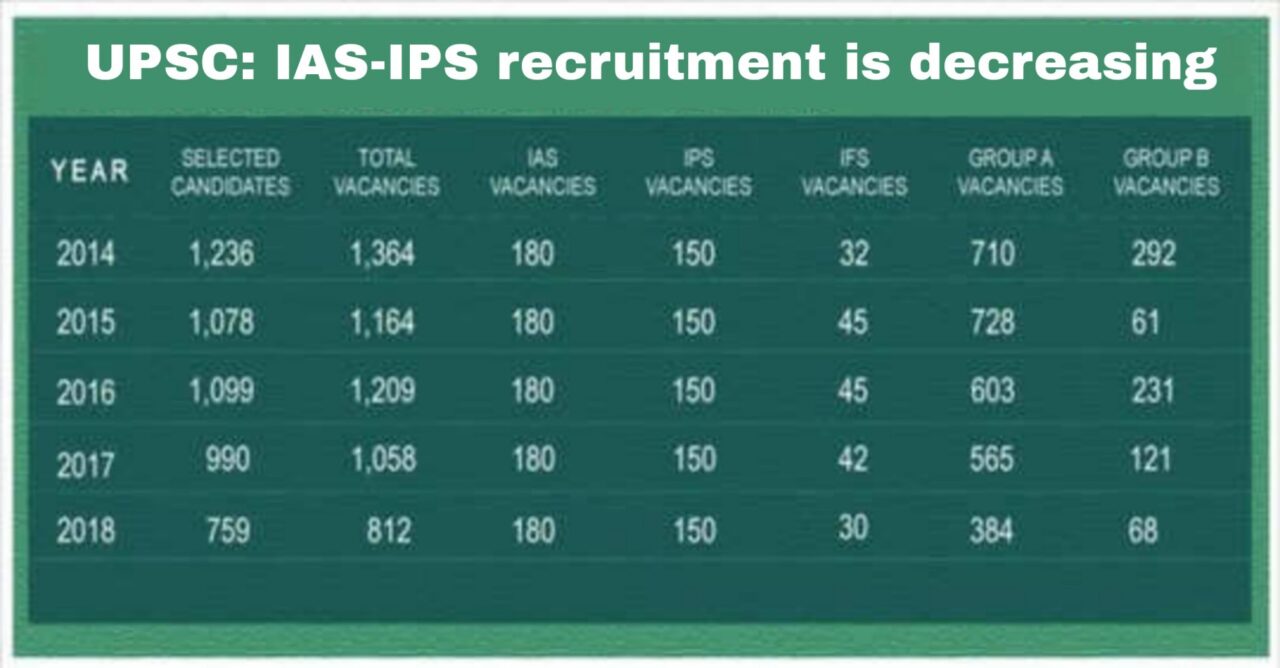
What is lateral entry, who can become an officer
Lateral entry means direct recruitment of experts from the private sector. Through this, recruitment is done for the posts of joint secretaries, directors and deputy secretaries in the ministries of the central government. People with a minimum of 15 years of experience working at an equivalent level in private sector businesses, except those working in central public sector undertakings, autonomous agencies, educational bodies and universities, can join the bureaucracy. The minimum age of such people should be 45 years and the minimum qualification should be graduation from a recognized university or institute.
These arguments are given in favor of lateral entry
According to Dr. Devnath Pathak, Assistant Professor at South Asian University, lateral entry was also supported by the Sixth Pay Commission and the Second Administrative Reforms Commission (ARC), Surinder Nath Committee (2003) and Hota Committee (2004). Actually, the concern in this regard is that developing such a work culture in which it may be difficult for government bureaucrats to work. At the same time, due to having a secure career, some bureaucrats may become careless. In such a situation, if they compete with talents coming from outside, their working capacity will improve and laziness will be removed. Apart from this, the need for experts in administration is also stated. People coming from outside may have the necessary expertise in the relevant subject.
Does lateral entry already exist in the country?
Dr. Devnath Pathak says that lateral entry is not a new thing in India. It has been used in India before. The appointment of the Chief Economic Advisor has been done through lateral entry. Big personalities like former economic advisor Montek Singh Ahluwalia, Aadhar founder Nandan Nilekani joined the administration through this. This arrangement has been made on an ad hoc basis. It is not institutional.
Such a system is also in Britain, America and Australia
According to Dr. Devnath Pathak, it is not that the system of lateral entry exists only in India. Western countries like Britain, America, Australia, Netherlands and Belgium have already opened specific government posts for qualified personnel from all fields. It has been found to be a better way to attract the best talent for the job.
More than 2500 posts of IAS and IPS are vacant
Every year, the Civil Services Examination is conducted by the Union Public Service for the appointment of IAS, IPS in the country. Even after this, there is a shortage of about 2500 IAS and IPS officers in the country. Speaking in the Rajya Sabha on August 3 last year, Union Minister of State for Personnel Jitendra Singh had said that 1,365 IAS posts are vacant. At the same time, a total of 703 IPS posts are vacant. Whereas, 1042 posts are in the Indian Forest Service (IFS). A total of 301 posts are vacant in the Indian Revenue Service (IRS). He has told that the government has increased the intake of IAS posts for recruitment under UPSC. IAS posts have now been increased to 180. IPS posts have also been increased to 200 from the year 2020. In 2022, IFS posts were increased to 150.
Why was the lateral entry system introduced
In view of the shortage of officers in the country’s bureaucracy, it was said that lateral entry would solve the problem of shortage of officers at the higher level. In 2023, in the Rajya Sabha, Dr. Jitendra Singh said that on the basis of the recommendations of the Baswan Committee, the posts of IAS were increased to 180 annually in 2012. At the same time, the vacancy of IPS was increased to 200 from 2020. The committee had also said in its recommendation that more posts should not be increased in a year. Three important reasons have been given behind this.
▪️Due to the high number of vacancies, there may be a compromise in quality
▪️The capacity of IAS Training Academy LBSNAA is not more than this.
▪️The career pyramid of IAS officers may deteriorate.
These are the arguments given against lateral entry
Many people are of the opinion that lateral entry can discourage government officials, which may affect their performance. Due to the difference in work culture and institutional inertia, the excellent performance of government officers will be affected. They may find it difficult to adjust. On the other hand, people coming from outside may not understand the system completely. Apart from this, officers made through lateral entry will not have as much experience as IAS officers. They may lack knowledge of practical aspects and may have more urban mentality. This will affect policy making at the higher level.
The biggest fear is that government-supporting bureaucrats will be prepared
The biggest fear of lateral entry is that it will lead to the appointment of government-supporting candidates, which the government can take advantage of in some unfair way. Apart from this, there is also a concern that such officers may make policies favorable to business houses or there may be pressure on them.
Is lateral entry a violation of the Constitution?
According to Dr. Devnath Pathak, the advantage of the new civil service is that the policy makers have a long-term interest in the government. They also have a history of justice and participation in the government. It is argued that reservation policy cannot be taken into account in lateral entry, which would violate the Constitution. However, this is not so true, because lateral entry is not a permanent post and secondly it is only for a short period. It is said that officers in the hired category are hired on a contract of 3 to 5 years. During this time they can serve someone else’s interests as they do not have a long-term interest in the government. Apart from this, bringing a private person from the corporate world into the government service can create a conflict of interest. Such people hardly think about the welfare and well-being of the public, because they come from a field where only the profit and loss of the company is thought about.
Is lateral entry a loot system?
It has been feared that lateral entry is a breach in the Central Civil Services Authority setup. It is feared that this could become an excuse for the recruitment of politically connected persons through the ‘loot-system’ i.e. backdoor entry. In this regard, the Administrative Reforms Committee had pointed out the need for the formation of the Central Civil Services Authority. Which is an autonomous body and works as an independent authority to monitor the proposed recruitment process.
So, there should be lateral exit along with lateral entry
Many experts believe that lateral exit should also be implemented along with lateral entry. That is, civil servants should be encouraged to work in different fields for a short period of time to broaden their skills, improve their morale and productivity.
Rahul accuses Modi of robbing the rights of the youth
Leader of Opposition in Lok Sabha Rahul Gandhi on Sunday said that recruitment through ‘lateral entry’ is an ‘anti-national step’. The Congress leader alleged that such action is openly taking away the reservation of Scheduled Castes, Scheduled Tribes and Other Backward Classes. Prime Minister Narendra Modi is attacking the Constitution by recruiting public servants through RSS instead of UPSC. Rahul said- I have always said that the deprived are not represented in all the top posts of the country, including top bureaucrats. Instead of improving it, they are being further distanced from top posts through ‘lateral entry’. This is a robbery of the rights of talented youth preparing for UPSC and an attack on the concept of social justice including reservation for the deprived.
Modi’s minister said, this is Congress’ hypocrisy
Railway Minister Ashwini Vaishnav has shared a post on X platform regarding Rahul Gandhi’s allegations on lateral entry. The Railway Minister wrote that the hypocrisy of Congress is clearly visible in the ‘lateral entry’ case. It was the UPA government that brought ‘lateral entry’ in 2005.

